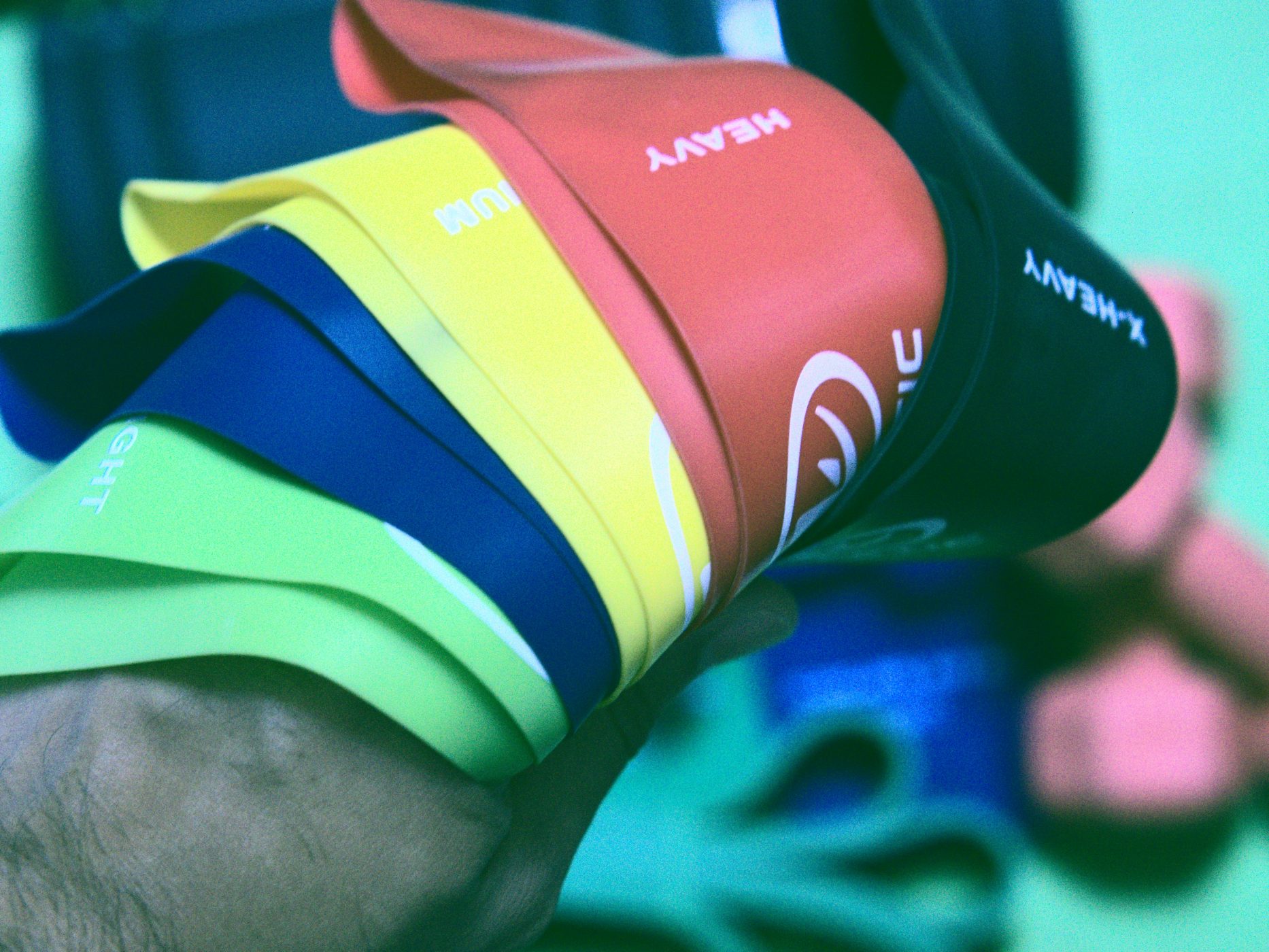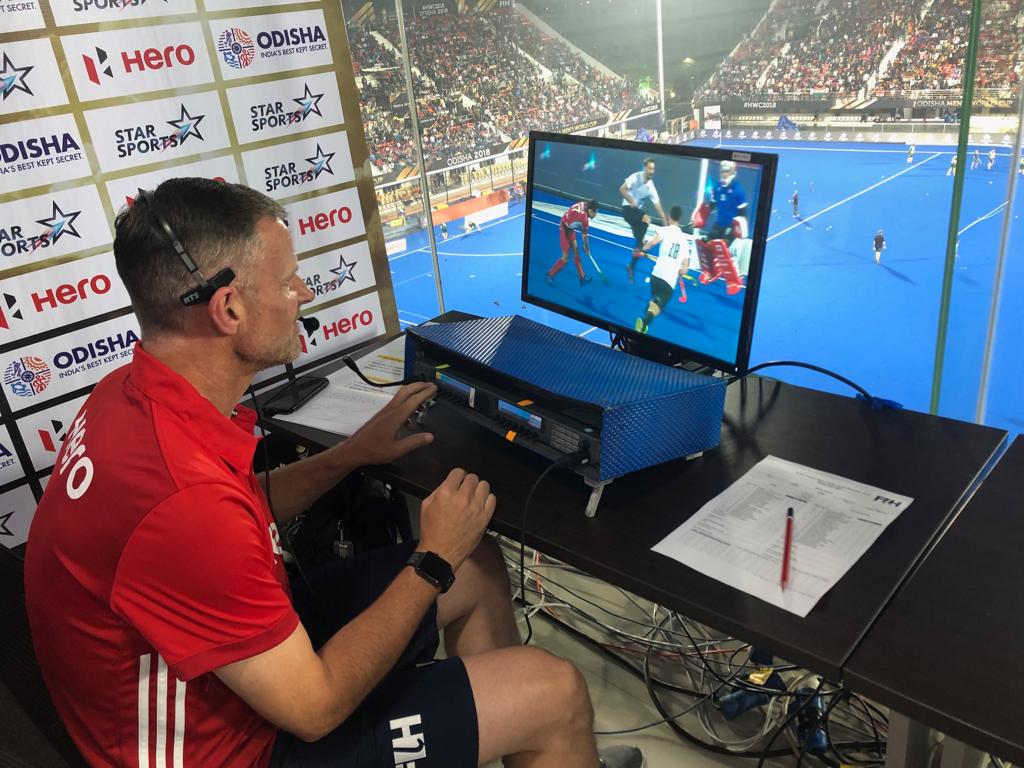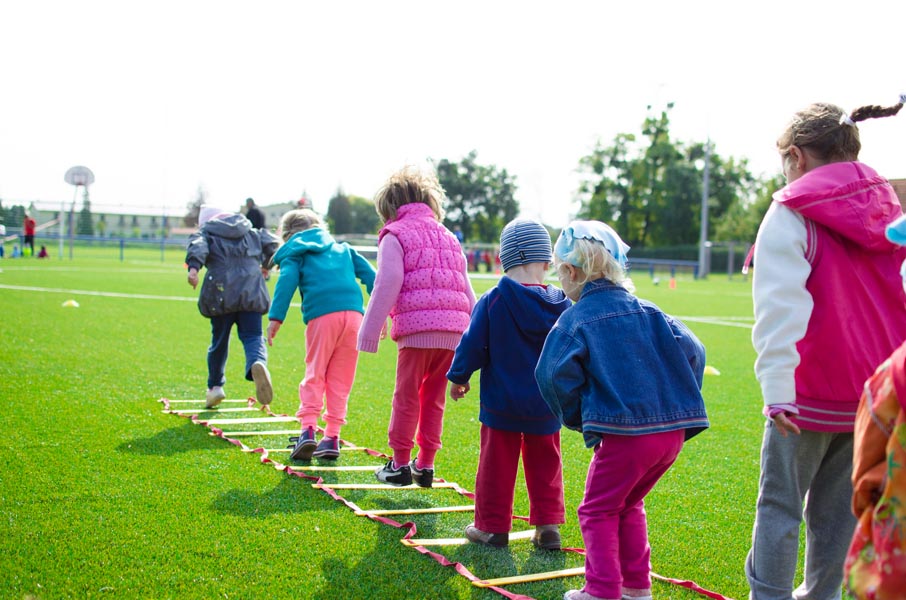Fuelling your fire
It’s game day and precision and performance is front of mind, but how do we best prepare for success? Without adequate nutrition an umpire will suffer the consequences just as an athlete does. Poor concentration, slowed reaction times, reduced speed and endurance and skill errors are all well documented common consequences of poor fuel preparation.
So what does an umpire need to keep their head in the game? Accredited Practicing Dietitian Emily Currie gives us the chow down for pre and post game meals. You can read more about Emily at the bottom of this post!
The everyday –

Meals leading up to competition ideally focus on good quality, good tasting foods from all five food groups – vegetables, fruit, grains and cereals, meat and alternatives and dairy foods. For athletes and umpires alike, the emphasis is on complex carbohydrates and protein to maximise performance. Low glycaemic index (GI) carbohydrates like pasta, grainy bread, high fibre cereals and grains, sweet potatoes, brown and basmati rice and fruit form the basis of any athletes day-to-day fuel.
Combining carbohydrates with good quality protein (lean meat, eggs, tofu, nuts, legumes) allows our muscles to recover and build between training and games. Protein requirements vary depending on your size and muscle mass – approx. 60-75g for your average female athlete, 80-95g for male athletes.

What does 60-95g of protein actually look like in the real world I hear you ask? For most athletes something like this will provide the protein you need for the day:
- 2 serves meat/eggs/legumes
one serving is about 100g, or roughly the size of the palm of your hand, of meat, chicken or fish or 2 eggs
AND
- 2-3 serves dairy
1 cup milk, 200g yoghurt, 40g cheese For men or higher muscle intensity athletes an extra serve of meat or two eggs provides enough additional protein to meet their needs. If you are unsure, contact a Sports Dietitian to talk about your individual requirements.
Game day –
-
Pre game
Ideally 3-4 hours before the game. Fuelling for your game is a balancing act. You want sustenance, but complex carbohydrates with a high fibre content are not ideal for the comfort of your stomach or moving quickly.

Start with a meal. Whether it’s breakfast, lunch or dinner, eat a balanced meal locked and loaded with protein and with a medium GI carbohydrate source to keep you going. Some great example meals include:
- Cereal and milk
- Pasta and meat sauce
- White bread, egg and salad sandwich
- Fruit smoothie with ¼ cup of oats
- Sweet potato, chickpea, spinach, tomato and feta salad
-
Snack attack
30 minutes before the first whistle. Quick fuel to start the game.
- The best snack you can have before your game is one that is contains simple carbohydrates that break down quickly, leaving you ready to run.
- Keep it familiar with foods you know will sit right in your stomach (and a potentially nervous tummy!).
Some great ideas are:
- Piece of fruit
- Sports drink
- Honey or Nutella sandwich

-
Half time refuel
During a 60-70 minute game your body will start to tire because it’s using up it’s glycogen (stored glucose) from your muscles and liver.
- To refuel most athletes choose a sports drink (to keep hydrated, two birds with one stone), but fruit or lollies are also great and even sports gels can be used.
- For a game where you’ve had to do a bit of work, aim for approximately 30g of carbohydrate at half time. This looks like:
- 1 large banana
- 10 jellybeans / 5 snakes
- 500ml Gatorade/Powerade
- 1 muesli bar
- 1 energy gel sachet
- For easier games where you haven’t worked up too much of sweat, maybe look at around 15g of carbohydrates at half time
- Remember to also stay hydrated! 500-800ml, depending on weather and sweat loss – enough to maintain light straw coloured urine throughout the day.
-
Between games

After the first game and before your subsequent commitments keep refuelling options light but more substantial than during games.
- Try to eat slower, take your time and space out your drinks to avoid feeling lethargic.
- Peanut butter sandwich
- 2 muesli bars with oats, nuts and honey
- A tub of yoghurt and a piece of fruit
- Chicken and lettuce wrap
-
After party
Recovery then rest. The first hour post game is crucial for muscle repair and refuelling muscle glycogen stores with a combination of protein and low GI carbohydrates.
- Chocolate milk
- Fruit, yoghurt and milk smoothie
- Tofu, rice and veggies
- Steak, potatoes and salad
- Poached eggs and baked beans on toast
- Pizza and salad
When the work is done, it’s time to relax! If you are going to have a few drinks of the alcoholic variety after your game, remember to pace them with water. In the hours and days after your games, being dehydrated is the number one cause of muscle cramps (and potential headaches!).
Hopefully this handy little guide helps you to fuel up in order to perform at your best during your next game. What’s your favourite snack or meal pre- and post game? Let us know in the comments below!

Emily Currie is an Accredited Practicing Dietitian. She completed a Masters in Nutrition and Dietetics at Flinders University in Adelaide, Australia and has worked as a Dietitian across South Australia, providing personalised nutrition counselling to individuals and groups. In practise, Emily’s special interests lie in sports performance, health at every size and the non-diet approach, diabetes, food intolerance and allergy, and exploring our emotional and historical relationship with food and eating. Outside of work Emily has a penchant for stupid craft-wares and anything delicious, so you’ll often find her trawling Adelaide’s pop-up and central markets for bargains with a bubble tea in hand!
Make sure you never miss cool information like this by signing up to the newsletter. Don’t worry, I value your inbox just as much as my own and I promise never to spam you!
For behind the scenes action and extra tips and tricks, follow Five Metres Please on Facebook, Instagram and Pinterest. And if you liked this post, why not share it using the buttons below? We’ve got more great fitness and nutrition advice over on our Fitness page!







You must be logged in to post a comment.